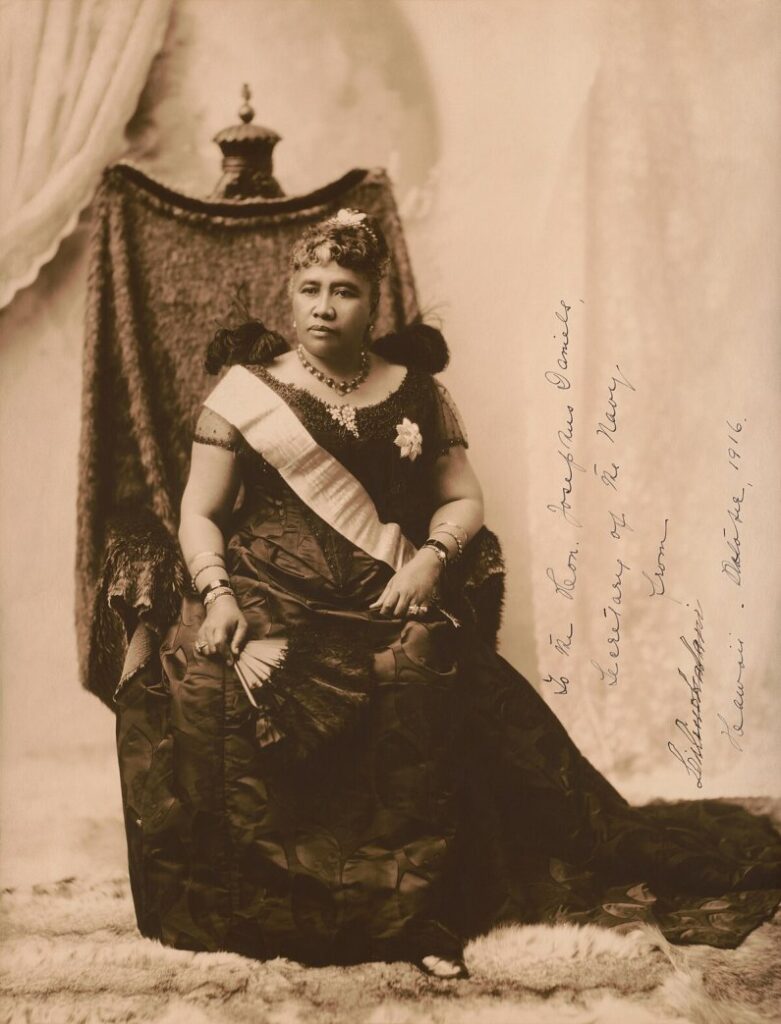On This Day, January 17, 1893, Queen Liliuokalani, the last monarch of the Kingdom of Hawaii, was deposed in a coup led by American residents in Hawaii, with the support of the United States government. This pivotal event marked the end of the Hawaiian monarchy and set the stage for Hawaii’s eventual annexation to the United States.
Queen Liliuokalani ascended to the throne in 1891 following the death of her brother, King Kalakaua. During her reign, she sought to strengthen the monarchy and preserve Hawaiian sovereignty, attempting to implement a new constitution to reduce the influence of foreign residents and businesses.
However, her efforts faced strong opposition from American settlers and businessmen, particularly those involved in the lucrative sugar industry. Concerned about the Queen’s policies and their potential impact on their economic interests, a group of Americans, with the support of U.S. Minister to Hawaii John L. Stevens, orchestrated a coup.
On January 17, 1893, the monarchy was overthrown, and a provisional government was established, led by Sanford B. Dole. Queen Liliuokalani was forced to abdicate, and she was placed under house arrest. The coup was condemned by U.S. President Grover Cleveland, who called for the restoration of the Queen. However, these efforts were unsuccessful, and in 1894, the Republic of Hawaii was proclaimed.
The overthrow of Queen Liliuokalani and the end of the Hawaiian monarchy were significant events in the history of Hawaii and the United States. They reflected the complex interplay of colonialism, economic interests, and political power in the late 19th century. In 1898, Hawaii was annexed by the United States, and it became a U.S. territory in 1900. The legacy of Queen Liliuokalani and the overthrow of the Hawaiian monarchy continue to resonate in Hawaii and play a significant role in the state’s cultural and political identity.

Image Not Ai, Source: https://en.wikipedia.org/wiki/Lili%CA%BBuokalani